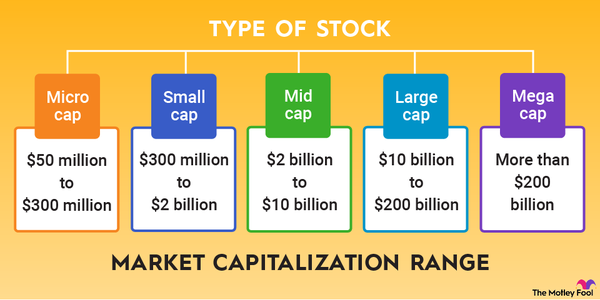A memorandum of understanding (MoU) is an agreement between two or more parties. An MoU is not a legally binding contract but can often serve as the first step toward a formal contract. MoUs can be executed between private businesses, national governments, and state or local agencies.

What Is a MOU?
What Is a Memorandum of Understanding (MOU)?
Legally speaking, a memorandum of understanding -- also sometimes referred to as a memorandum of agreement or letter of intent -- lies somewhere between a simple handshake agreement and a binding, enforceable contract. A memo of understanding is an agreement between two parties in the public or private sector that outlines expectations and responsibilities for each party.
An MoU has five basic components:
- Names of the parties.
- Addresses of the parties.
- Date of the agreement.
- Description of the agreement, including terms and responsibilities. Provisions such as jurisdiction, waiver of jury trial, costs, and provisions for notices, assignments, and amendments may also be part of an MoU.
- Dated signatures of the parties.
Again: MoUs are not legally binding contracts, although they can serve as a precursor to them. They don’t imply a lack of trust in a party, but often when working with other people (or agencies), it’s simply best to have clear expectations and requirements to avoid later conflicts.
MoUs are especially common among government agencies that are cooperating with one another. A public health department, for example, may sign an MoU with a transportation agency to ensure that disabled constituents are able to receive special services. Interagency MoUs are common since they’re much less time- and labor-intensive than contract negotiations.
In some cases, MoUs cross national boundaries. For example, seven European countries signed an MoU in March 2023 with the U.S. Department of Justice to coordinate any probes into alleged Russian war crimes in Ukraine. MoUs are also common in international relations since it’s not always possible to persuade governments to approve special treaties, especially when issues are time-sensitive.
Advantages and disadvantages
Advantages and disadvantages of an MoU
The biggest advantage of an MoU is that it can provide a clear statement of objectives and goals, preventing future disputes. They can either lay the groundwork for a legally binding contract or provide an easy exit if the partnership doesn’t work out.
Unlike handshake agreements, an MoU also provides a clear paper trail of terms and requirements discussed in negotiations. There’s little room for a dispute after the fact if one party doesn’t live up to obligations spelled out in the MoU; likewise, it’s difficult to blame another party for not doing something if the task wasn’t spelled out in the MoU.
The flip side of an MoU is that it’s not legally binding. There are basically no consequences (other than reputational) if one party decides it doesn’t want to live up to the requirements spelled out in the memorandum. And since it’s not legally binding, either party can simply exit the MoU at any time, for any reason.
An Example
Example of a memorandum of understanding
Farmers across the U.S. have been struggling for years with an issue that has been -- for now -- resolved with an MoU. Consumer advocates allege that Deere & Co. (DE -1.33%), the manufacturer of John Deere farm equipment, had developed the practice of selling tractors and other vital harvesting tools to clients but denying them the ability to fix even minor problems by withholding tools and software information, or even remotely shutting down equipment if it sensed a violation of the terms of sale. Deere, which controls 53% percent of the North American large tractor market and 63% of the combine market, instead insisted that farmers only use company-authorized technicians.
Since company-authorized technicians weren’t always immediately available, many farmers complained that the practice resulted in days of lost productivity, with the potential for crops to rot in the field or adverse weather conditions to delay work even more.
The American Farm Bureau Federation negotiated an MoU with the agriculture equipment giant in January 2023 that gave farmers some relief in the form of a Deere promise to provide diagnostic and repair codes, manuals, product guides, and specialized tools.
The agreement, however, pointed to the strengths and weaknesses of an MoU. Although the immediate complaint of farmers appeared to have been resolved, there were still complaints in March 2023 that the company wasn’t complying with the terms of the MoU.


































































